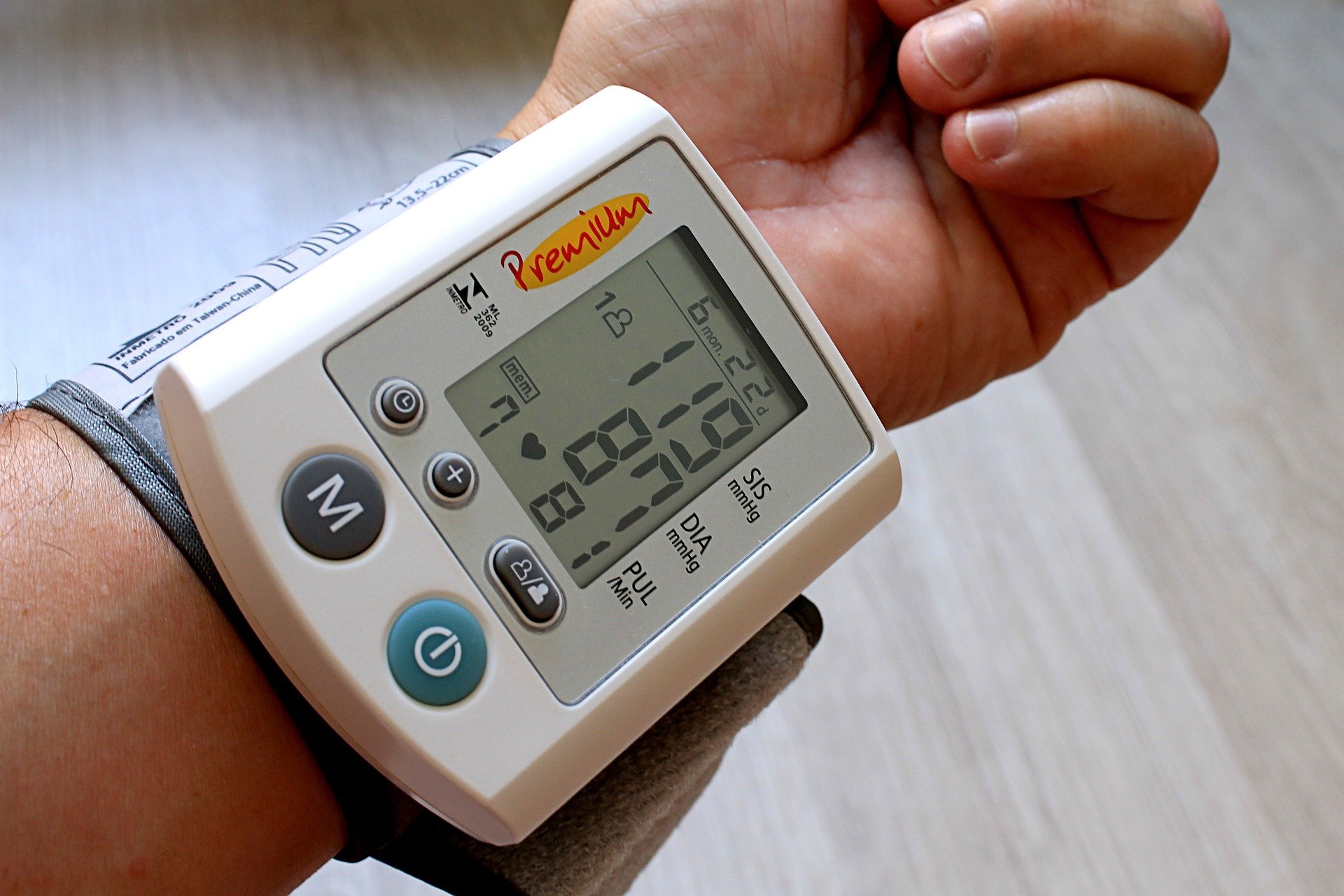The Basics Of Blood Pressure Testing
Each time your heart beats, it pumps blood into your arteries. A blood pressure measurement is a test that measures the force (pressure) in your arteries as your heart pumps. Blood pressure is measured as two numbers:
- Systolic blood pressure (the first and higher number) measures pressure inside your arteries when the heart beats.
- Diastolic blood pressure (the second and lower number) measures the pressure inside the artery when the heart rests between beats.
High blood pressure, also known as hypertension, affects tens of millions of adults across the world. It increases the risk of life-threatening conditions including heart attack and stroke. But high blood pressure rarely causes symptoms. A blood pressure measurement helps diagnose high blood pressure early, so it may be treated before it leads to serious complications.
What is it used for?
A blood pressure measurement is most often used to diagnose high blood pressure. Blood pressure that’s too low, known as hypotension, is much less common. But you may get tested for low blood pressure if you have certain symptoms. Unlike high blood pressure, low blood pressure usually causes symptoms. These include:
- Dizziness or lightheadedness
- Nausea
- Cold, sweaty skin
- Pale skin
- Fainting
- Weakness

Why do I need a blood pressure test?
A blood pressure measurement is often included as part of a regular check-up. Adults 18 years and older should have their blood pressure measured at least once every two to five years. You should get tested every year if you have certain risk factors. You may be at higher risk if you:
- Are 40 years old or older
- Are overweight or have obesity
- Have a family history of heart disease or diabetes
- Take birth control pills
What happens during a blood pressure test?
A blood pressure test includes the following steps:
- You will sit in a chair with your feet flat on the floor.
- You will rest your arm on a table or other surface, so your arm is level with your heart. You may be asked to roll up your sleeve.
- Your provider will wrap a blood pressure cuff around your arm. A blood pressure cuff is a strap-like device. It should fit snugly around your upper arm, with the bottom edge placed just above your elbow.
- Your provider will inflate the blood pressure cuff using a small hand pump or by pressing a button on an automated device.
- Your provider will measure the pressure manually (by hand) or with an automated device.
- If manually, he or she will place a stethoscope over the major artery in your upper arm to listen to the blood flow and pulse as the cuff inflates and deflates.
- If using an automated device, the blood pressure cuff automatically inflates, deflates, and measures pressure.
- As the blood pressure cuff inflates, you’ll feel it tighten around your arm.
- Your provider will then open a valve on the cuff to slowly release air from it. As the cuff deflates, blood pressure will fall.
- As the pressure falls, a measurement is taken when the sound of blood pulsing is first heard. This is the systolic pressure.
- As the air continues to be let out, the blood pulsing sound will start to go away. When it completely stops, another measurement is taken. This is the diastolic pressure.
This test only takes about one minute to complete. You may have a little discomfort when the blood pressure cuff inflates and squeezes your arm. But this feeling only lasts for a few seconds. You don’t need any special preparations for a blood pressure measurement.

What do the results mean?
Your results, also known as a blood pressure reading, will contain two numbers. The top or first number is the systolic pressure. The bottom or second number is the diastolic pressure. High blood pressure readings are also labelled by categories, ranging from normal to crisis. Your reading may show your blood pressure is:
| Blood Pressure Category | Systolic Blood Pressure | Diastolic Blood Pressure |
| Normal | Less than 120 | Less than 80 |
| High Blood Pressure (no other heart risk factors) | 140 or higher | 90 or higher |
| High Blood Pressure (with other heart risk factors, according to some providers) | 130 or higher | 80 or higher |
| Dangerously high blood pressure – seek medical care right away | 180 or higher | 120 or higher |
If you’ve been diagnosed with high blood pressure, your provider may recommend lifestyle changes and/or medicines to control your blood pressure. They may also recommend that you regularly check your blood pressure at home with an automated blood pressure monitor. An at-home blood pressure monitor usually includes a blood pressure cuff and a digital device to record and display blood pressure readings.
Home monitoring is not a replacement for regular visits to your provider. But it can provide important information, such as whether treatment is working or your condition may have worsened. Also, home monitoring may make the test less stressful. Many people get nervous about getting their blood pressure taken at a provider’s office. This is called “white coat syndrome.” It can cause a temporary rise in blood pressure, making the results less accurate. For more information about home monitoring of blood pressure, talk to your provider.
If you were tested for low blood pressure, a blood pressure reading of 90 systolic, 60 diastolic (90/60) or lower is considered abnormal. Treatments for low blood pressure may include medicines and making certain changes to your diet.
For more information, or to schedule a blood pressure test at no cost, contact Point Cook Pharmacy today!




1 Response
[…] In order to ensure the micronutrient needs of each individual, micro-nutrition uses a personalized and varied diet. This branch of medicine is not officially recognized by high health institutions, but is already taught in many institutions. So, is it important to consult a micronutritionist? So, without further ado, let’s dive into this blog and learn some of the things everyone needs to know before consulting a multinutritionist. […]